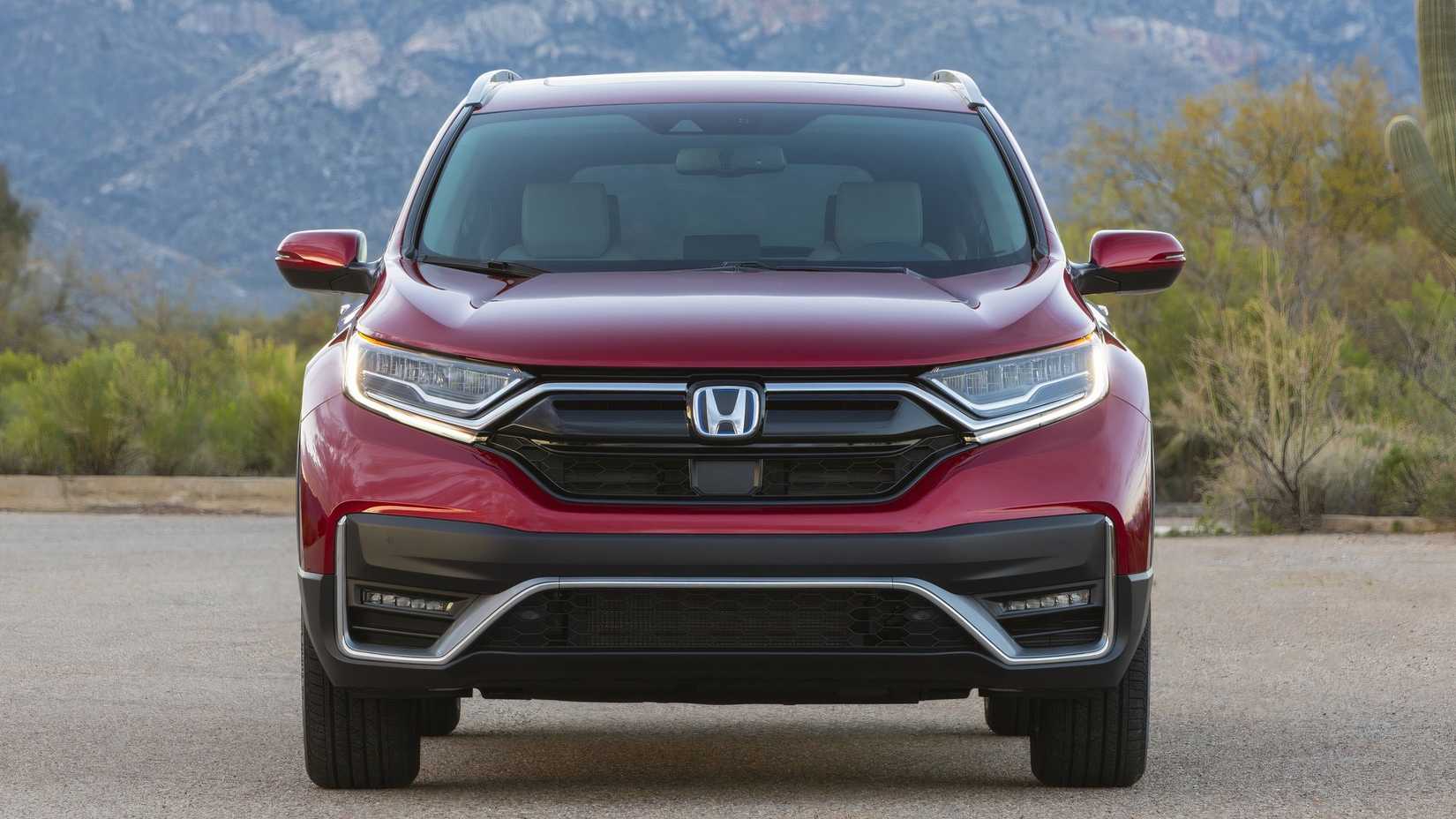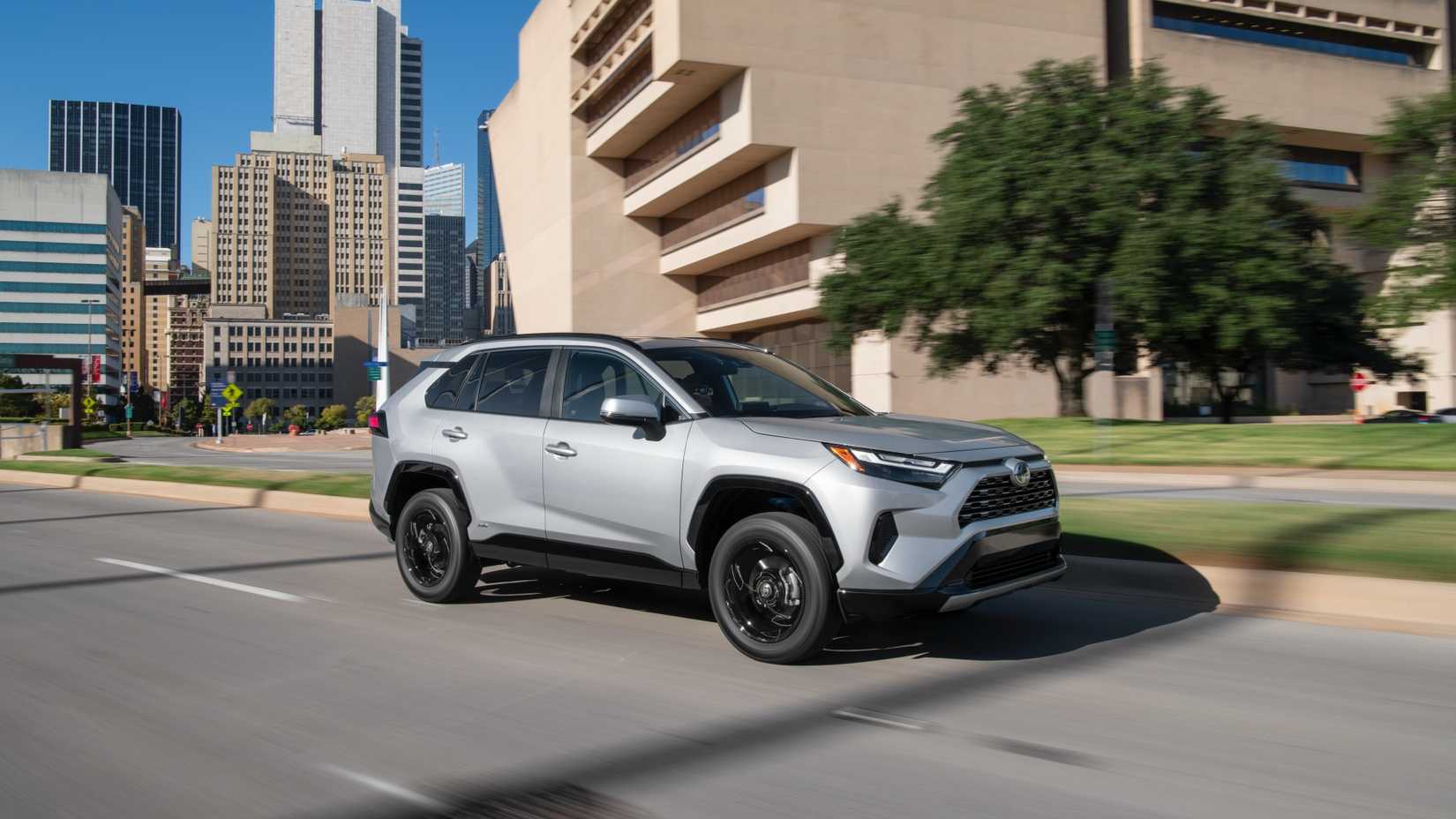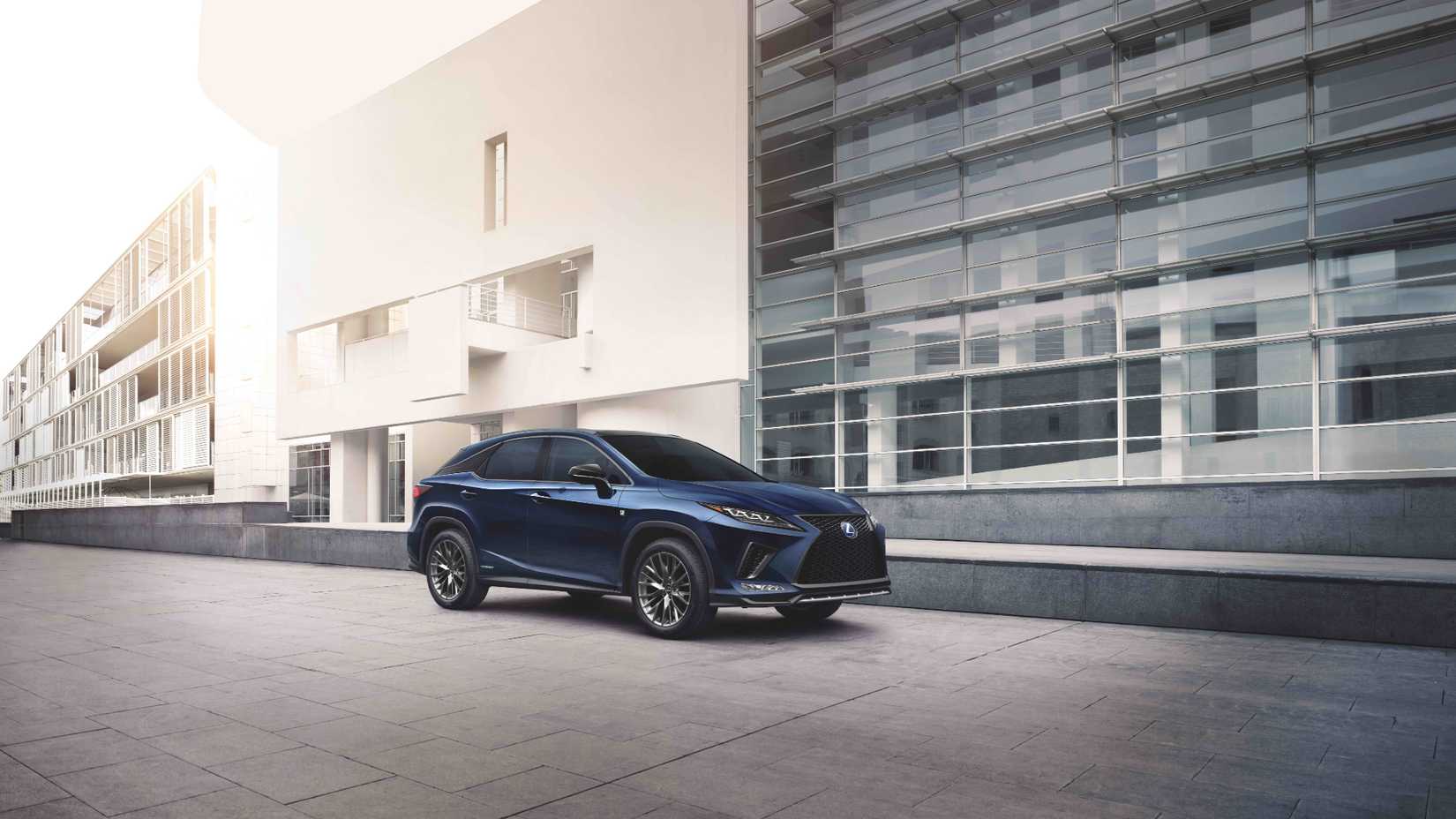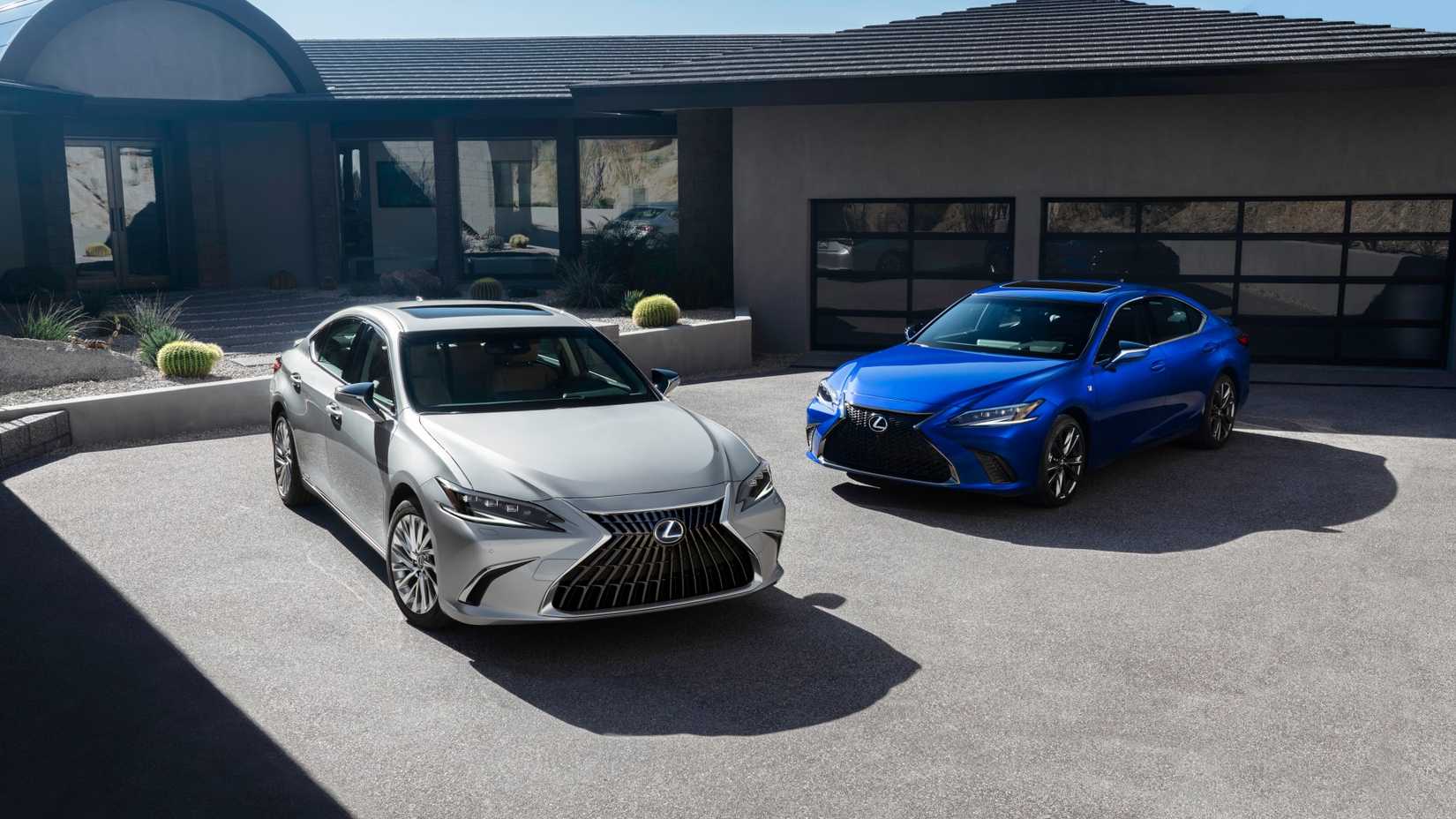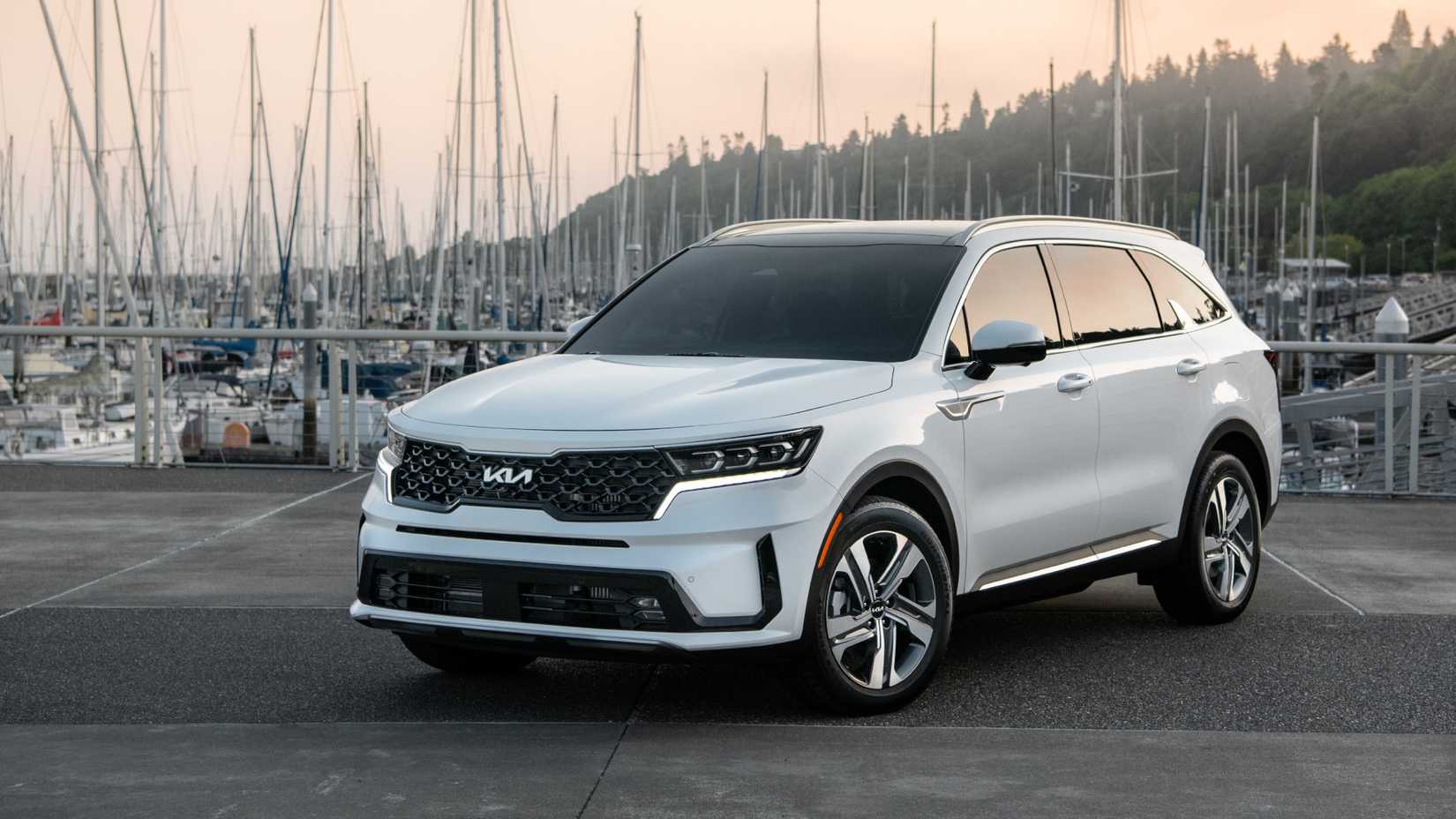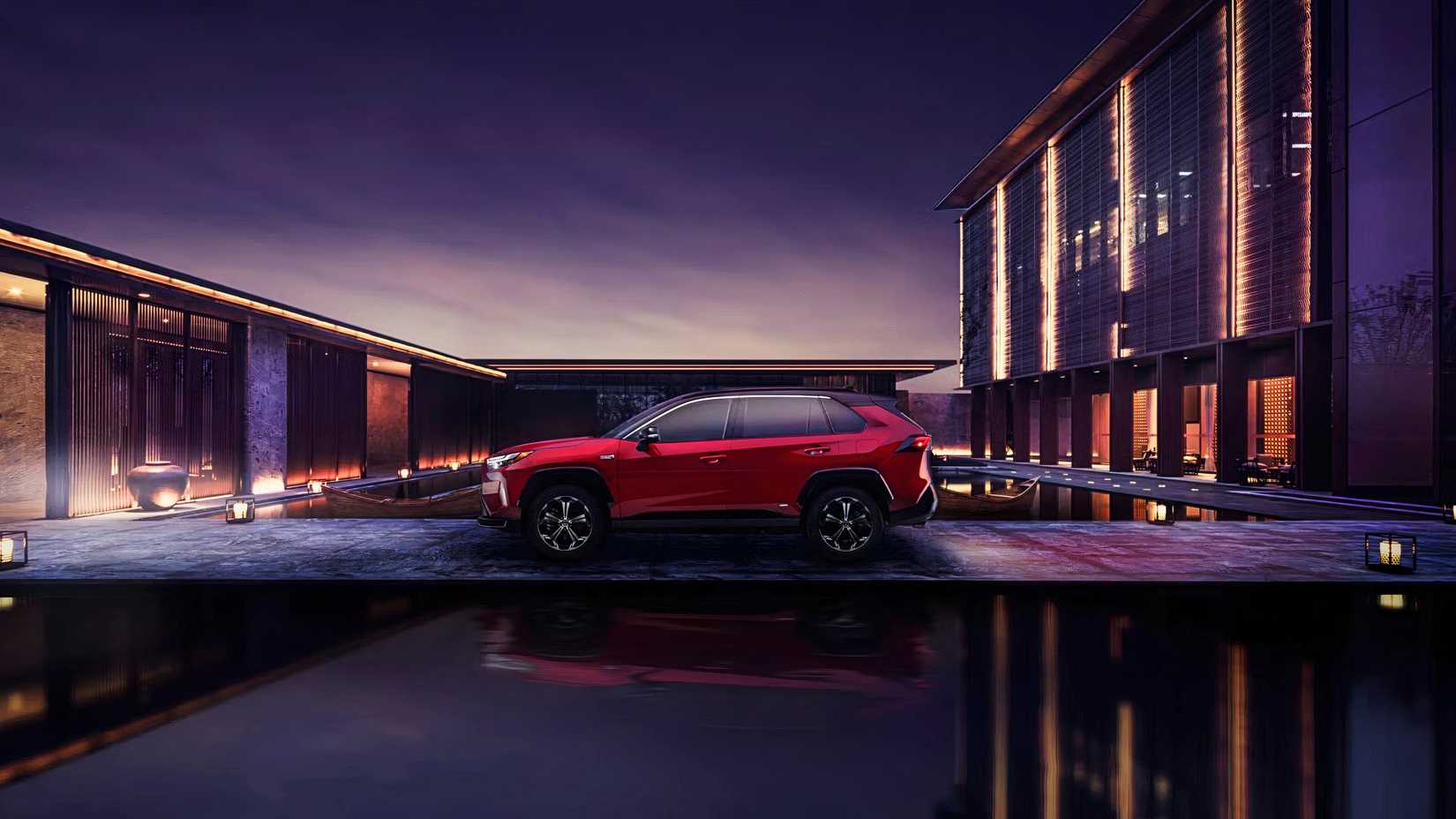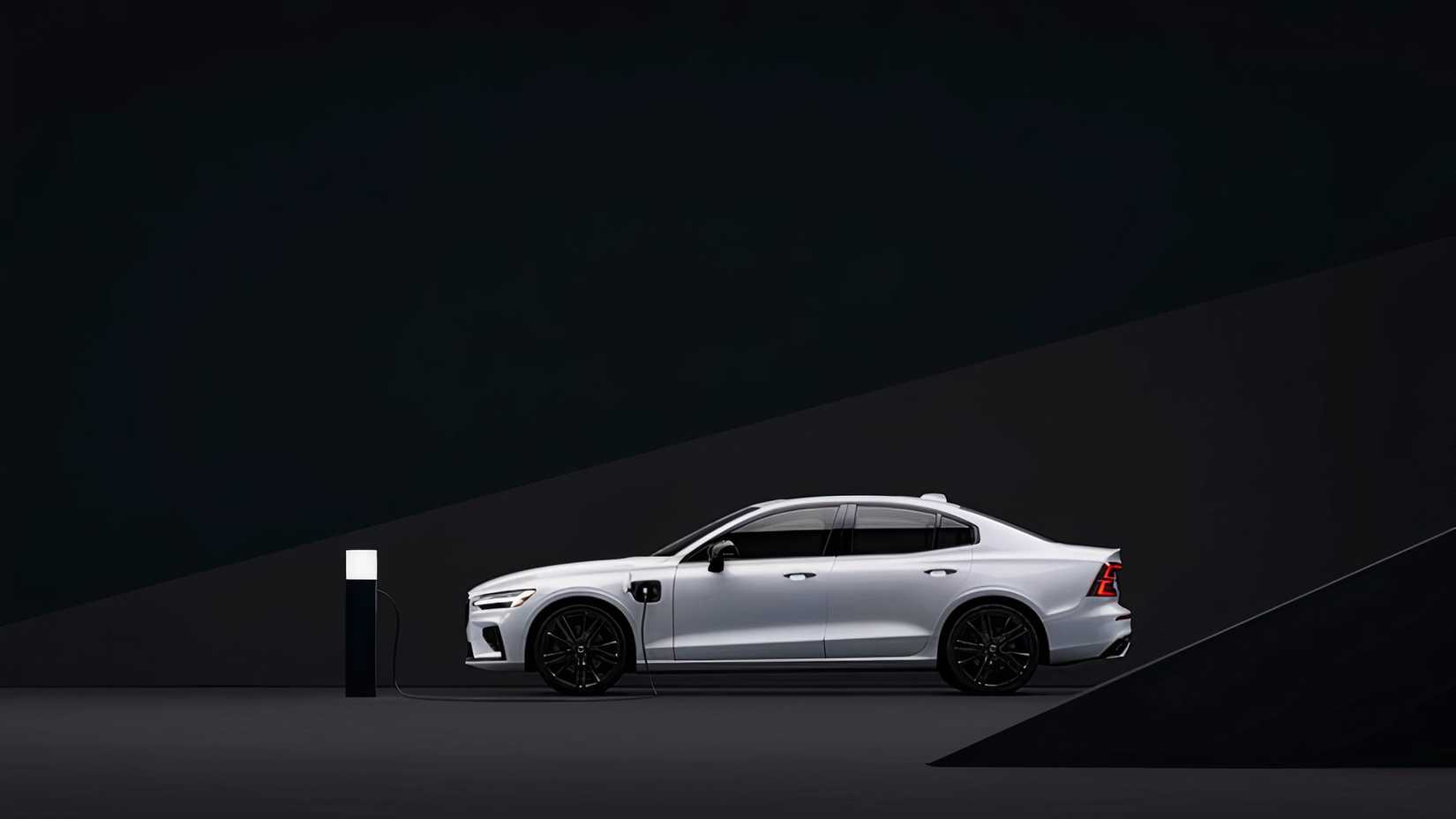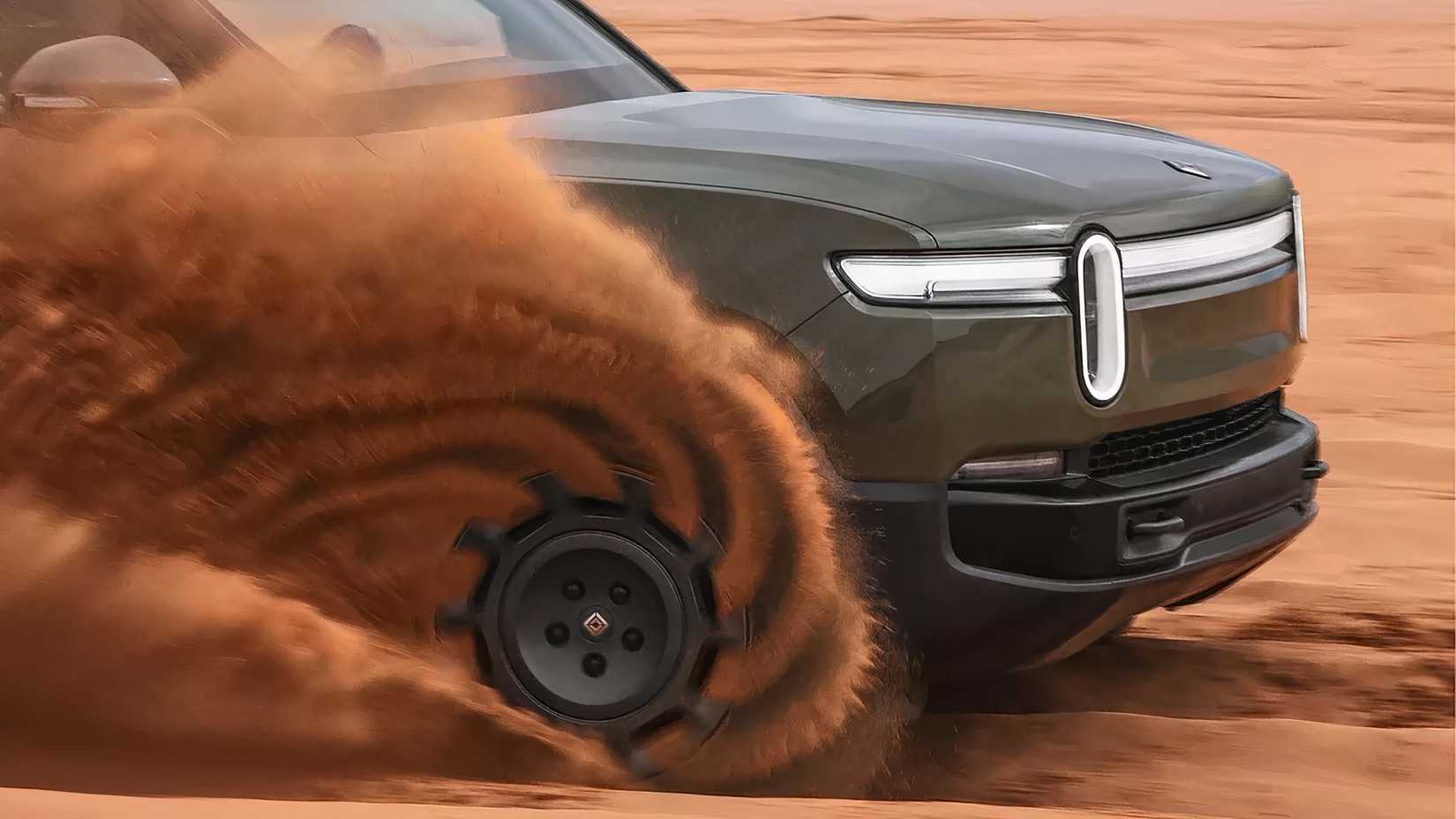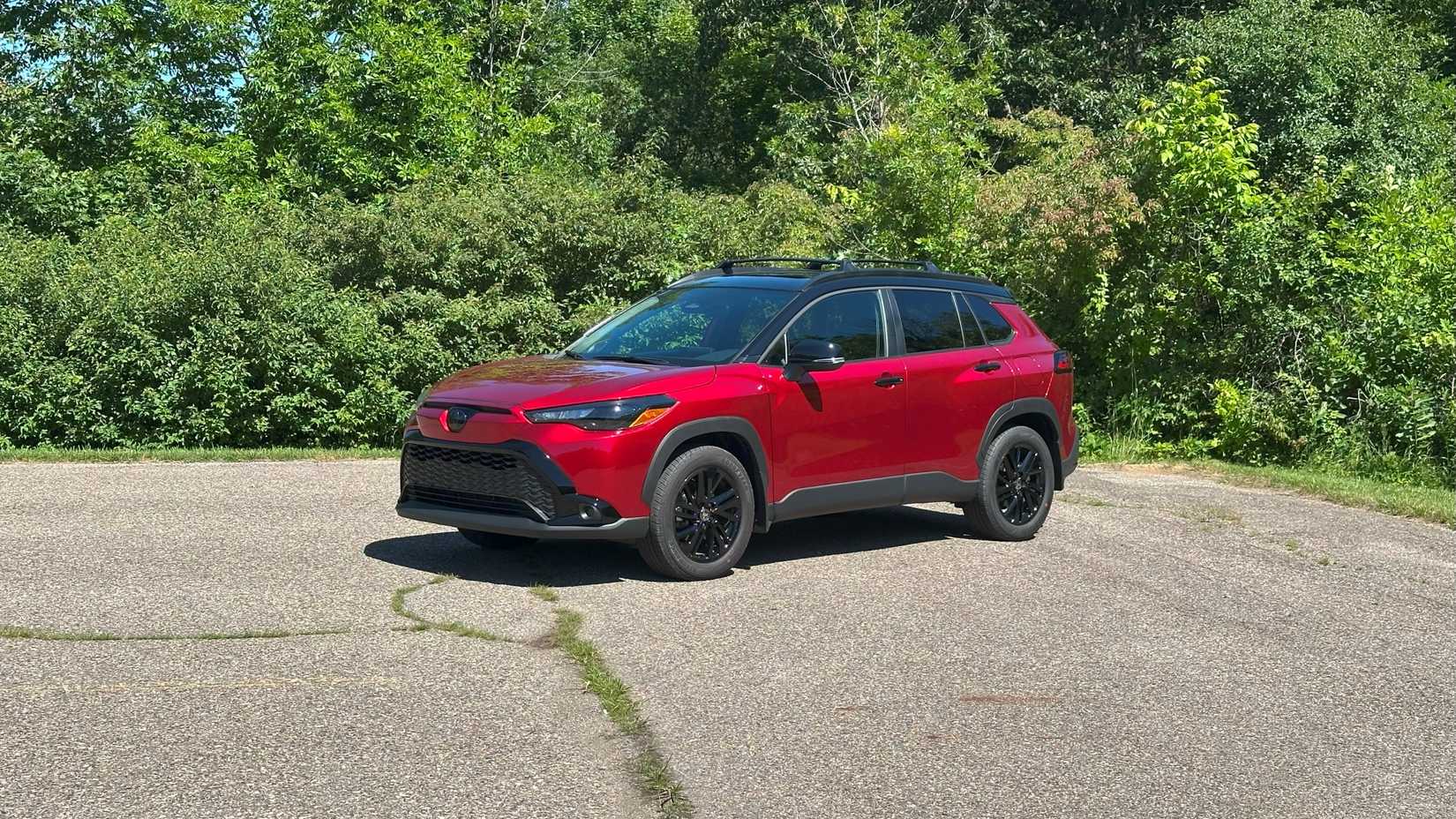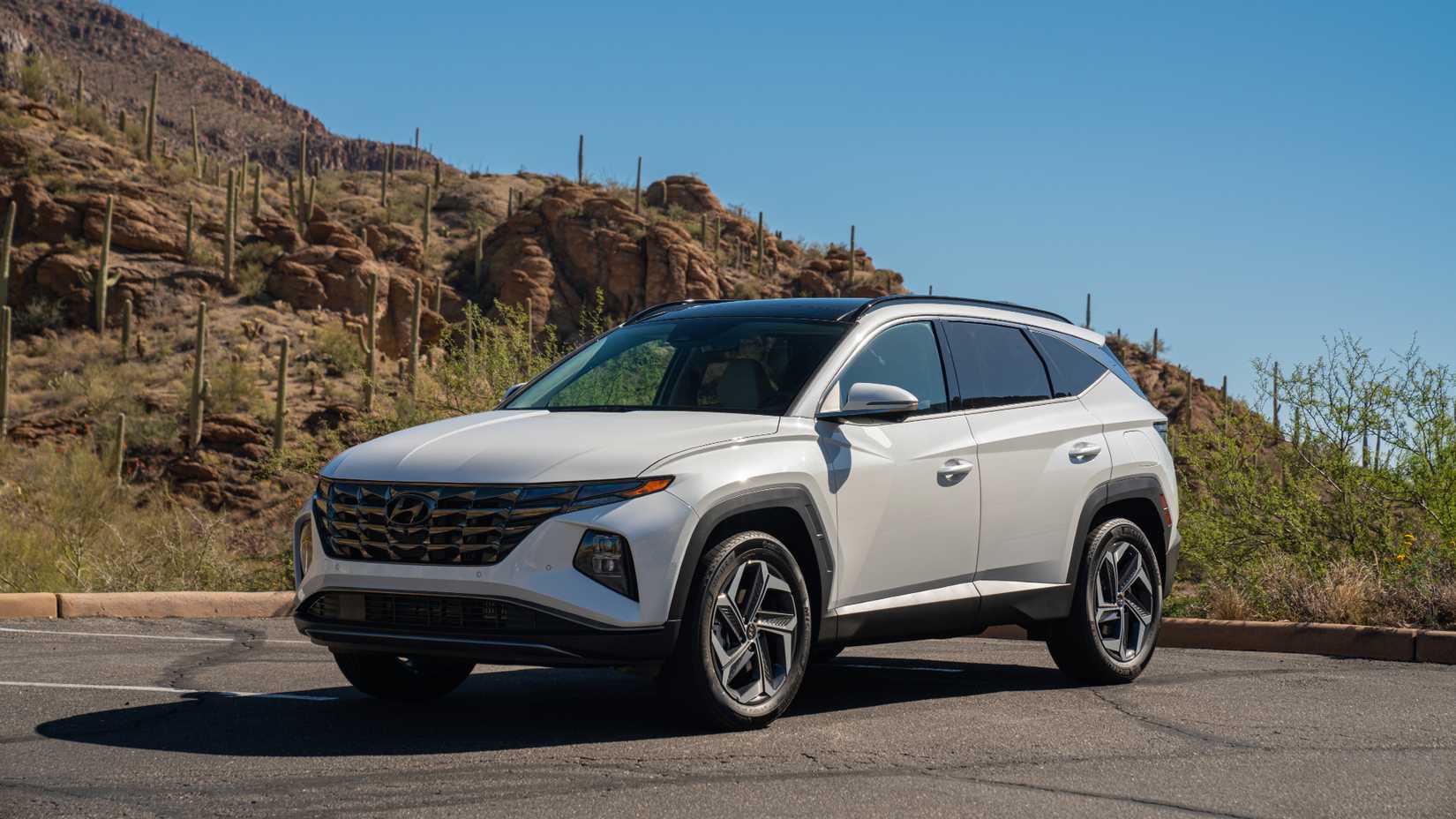Three years ago, if you wanted a hybrid, you were probably stuck in a dealership parking lot arguing over markups. Dealers couldn’t keep Toyota RAV4 Hybrids around, used Honda CR-V Hybrids were going for more than new, and anything with an electric motor was treated like they shot gold dust from their pipes. Fast-forward to 2025, and the market has finally come down to Earth. Not all the way down, mind you—hybrids are still the blue chips of the used-car world—but they’ve found a balance between fever dream and reality.
If you bought a 2022 hybrid, you probably paid a fortune. If you’re shopping for one now, you’ll find solid value, steady reliability, and—most importantly—some perspective. The used hybrid market has matured.
To provide the most accurate and up-to-date information, this article uses data sourced from various manufacturers and authoritative sources.
Hybrids Still Holding Strong
According to recent data from iSeeCars and Kelley Blue Book, the average 2022 hybrid retains around 70–75 percent, on average, of its original value after three years, a figure that makes most conventional gas vehicles look like melting ice cream cones. For comparison, the overall market average sits closer to 63 percent, and electric vehicles hover around 55 percent. Hybrids, it turns out, are the sweet spot: efficient, familiar, and relatively affordable to maintain.
Take the 2022 Toyota RAV4 Hybrid, for instance. A new one listed at about $32,000 when it launched; today, you’ll pay roughly $23,000–$25,000 for a clean, low-mileage example. That’s an unusually gentle depreciation curve in a world where SUVs often lose a third of their value before the warranty expires. The 2022 Honda CR-V Hybrid follows a similar pattern, averaging $22,500–$24,000 used, depending on trim. Meanwhile, the Toyota Prius—a hybrid so proven it’s practically a brand unto itself—continues to defy depreciation altogether. The 2022 model still fetches $20,000–$21,000, down less than 25 percent from its original sticker.
Why 2022 Was A Perfect Storm
To understand why 2022 hybrids are such a sweet spot in the used market, you have to rewind to the pandemic bubble. Supply chains were twisted in knots, semiconductor shortages choked production, and demand for efficient vehicles spiked as gas prices surged. Dealers marked up hybrids by thousands, sometimes tens of thousands, over MSRP.
That artificially inflated starting point made depreciation inevitable once supply normalized. But while EVs cratered as new tech arrived, hybrids stayed resilient because their formula didn’t change drastically. The 2025 RAV4 Hybrid is only incrementally better than the 2022 model, so used buyers don’t feel shortchanged. Wouldn’t you just know it? Stability over the years is actually an advantage.
The Luxury Hybrid Paradox
Luxury hybrids, however, tell a different story. They’re beautiful, comfortable, and technologically advanced—but they also drop value like acorns from an oak tree. The 2022 Lexus RX 450h, for example, originally cost around $51,000. Three years later, it averages $36,000–$38,000 on the used market—a roughly 30 percent loss that’s actually better than most European competitors.
The BMW 530e and Mercedes-Benz E 350e haven’t been so lucky. Both luxury plug-in hybrids have dipped closer to 50 percent residual value, largely due to rapid advances in electric range and onboard tech. A 2022 530e that once stickered for $56,000 now trades hands for $27,000–$29,000. The Mercedes-Benz GLE 350e, originally pushing $65,000, hovers around $35,000–$37,000 today.
That may sound grim—until you remember the flipside. For used buyers, these luxury hybrids are now relative bargains: comfortable, high-performing, and half the price they once were, with just enough battery power to make city errands emissions-free.
Hyundai, Kia, And The Catch-Up Effect
The Korean automakers were making big strides in hybrid tech around 2022, but they’re victims of their own momentum. Newer models like the 2025 Hyundai Tucson Hybrid and Kia Sportage Hybrid offer better range, more efficient powertrains, and slicker interfaces, leaving their 2022 counterparts behind on the depreciation curve.
As a result, the 2022 Hyundai Tucson Hybrid, which retailed for about $30,000 new, now averages $18,500–$20,000 on the used market. The Kia Sorento Hybrid shows similar numbers, hovering around $22,000—roughly 60 percent of its original MSRP. These cars aren’t worse; they’re simply older in a category that’s evolving fast. Still, compared to gas-only SUVs from the same year, they’re holding their own. A 2022 gas-only Tucson or Sorento can easily dip into the mid-teens. The hybrid premium remains intact.
Plug-In Hybrids: The Wildcards
Plug-in hybrids (PHEVs) sit in an odd place between the practical hybrid and the futuristic EV. In 2025, their resale values are all over the map. Models with good electric range—like the Toyota RAV4 Prime—have aged gracefully, while those with limited range or high complexity are struggling to keep pace.
A 2022 RAV4 Prime, which originally cost around $40,000, still brings in a strong $33,000–$35,000 today. Contrast that with a 2022 Ford Escape PHEV, which started near $36,000 and now averages $23,000–$25,000, or the 2022 Volvo XC60 Recharge, which can dip below $30,000—a sharp fall for a luxury SUV that was once pushing $55,000.
The key difference? Range and reputation. Consumers now expect plug-in hybrids to offer meaningful electric-only mileage—at least 35 miles—and Toyota remains the only brand consistently meeting or exceeding that bar.
Hybrids vs. EVs: A Market Correction In Real Time
In 2022, EVs were hot. In 2025, they’re still popular—but their used values have cooled faster than a lithium-ion pack in January. While the average hybrid loses about 25–30 percent of its value over three years, the average EV sheds nearly 45 percent. This is likely to change, but it’s a reality as the EV market crawls through its nascency.
Part of that is tech turnover. A 2022 EV might feel outdated next to today’s 400-mile models with 800-volt architectures and ultra-fast charging. A 2022 hybrid, meanwhile, still feels current because its strengths—efficiency, reliability, simplicity—haven’t changed much. If anything, the hybrid’s balanced formula has aged better. It’s the dependable middle ground between gas and full electric, and used buyers know it.
So, What’s The Play In 2025?
If you’re in the market for a used hybrid, aim for models that hit that three-year mark—new enough for modern tech, old enough to skip the new-car price tag. Toyotas remain king of residual value, Hondas follow close behind, and Lexus continues to be the gold standard for hybrid luxury.
If you’re chasing performance, plug-in hybrids like the RAV4 Prime or BMW 530e offer a taste of EV torque with the safety net of gasoline. Just know that range expectations and battery warranties matter more than ever; a plug-in with degraded range is just an expensive regular hybrid. On the flip side, if you’re selling a 2022 hybrid, now’s a good time. Prices are holding OK, demand is steady, and depreciation is slower than it’s been in years. Wait too long, and the incoming wave of cheaper, higher-range hybrids could start eating into your equity.
TopSpeed’s Take: 2022 Hybrid Models Are A Happy Medium Between Past And Present
The 2022 hybrids have hit a rare equilibrium—old enough to be affordable, new enough to feel modern, and reliable enough to inspire confidence. They’re the rational choice in an increasingly irrational market. Three years on, they’ve proven what hybrid loyalists have said for two decades: gas and electric don’t have to fight.
They can coexist, hold value, and make more sense than almost anything else on the road. In a world still chasing the next big battery breakthrough, the humble 2022 hybrid stands as proof that sometimes the smart play is the simple one.
Sources: iSeeCars, KBB


